Home>Gardening & Outdoor>Landscaping Ideas>What Is Poa Grass
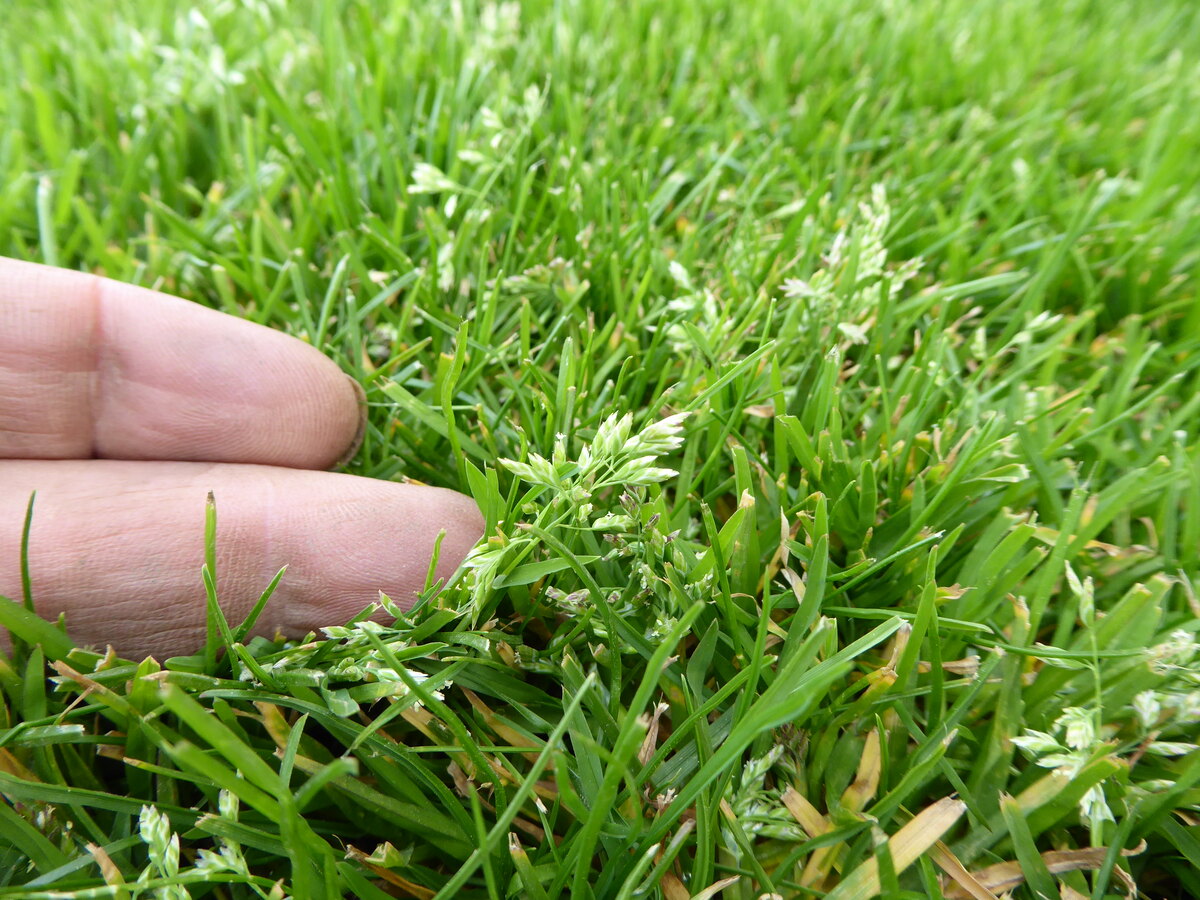

Landscaping Ideas
What Is Poa Grass
Published: January 27, 2024
Learn about Poa grass and its uses in landscaping ideas. Discover how to incorporate Poa grass into your outdoor space for a beautiful and sustainable landscape design.
(Many of the links in this article redirect to a specific reviewed product. Your purchase of these products through affiliate links helps to generate commission for Storables.com, at no extra cost. Learn more)
Introduction
Poa grass, scientifically known as Poa pratensis, is a versatile and resilient grass species that has gained popularity in landscaping and turf management. This cool-season grass is native to Europe and Asia but has found its way into various regions across the globe due to its adaptability and aesthetic appeal. With its fine texture and vibrant green color, Poa grass has become a sought-after choice for lawns, golf courses, parks, and athletic fields.
Poa grass is renowned for its ability to thrive in diverse environmental conditions, making it a valuable asset for landscaping projects in both residential and commercial settings. Its adaptability to different soil types and climates has contributed to its widespread use in various regions, from temperate zones to cooler climates. Additionally, its rapid germination and establishment make it an attractive option for quick landscaping solutions.
As a cool-season grass, Poa grass exhibits robust growth during the cooler months, providing lush coverage and a vibrant green hue to outdoor spaces. Its resilience in the face of foot traffic and mowing makes it an ideal choice for high-traffic areas, ensuring that the landscape maintains its visual appeal and functionality.
In the following sections, we will delve deeper into the characteristics, types, uses, and maintenance of Poa grass, shedding light on its diverse applications and the best practices for nurturing and harnessing the full potential of this remarkable grass species. Whether you are a landscaping enthusiast, a homeowner looking to enhance your outdoor space, or a turf management professional seeking insights into Poa grass, this comprehensive guide will equip you with valuable knowledge to make informed decisions and achieve stunning results in your landscaping endeavors.
Key Takeaways:
- Poa grass, also known as Kentucky bluegrass, is a versatile and resilient grass species that thrives in diverse climates, making it ideal for creating lush lawns, parks, and athletic fields.
- With its rapid establishment, adaptability to different soil types, and vibrant green color, Poa grass offers a low-maintenance and visually appealing option for landscaping, enhancing the beauty and functionality of outdoor spaces.
Read more: What Is Poa Annua Grass
Characteristics of Poa Grass
Poa grass, also known as Kentucky bluegrass, possesses a unique set of characteristics that distinguish it as a top choice for landscaping and turf management. Its fine texture and vibrant green color make it an attractive addition to outdoor spaces, lending a touch of elegance and natural beauty to lawns, parks, and recreational areas. One of the key characteristics of Poa grass is its cool-season nature, thriving in cooler climates and exhibiting robust growth during the spring and fall seasons. This cool-season attribute enables it to maintain its lush appearance even in the face of fluctuating temperatures, making it a resilient choice for landscapes in regions with distinct seasonal changes.
Furthermore, Poa grass is known for its rapid germination and establishment, allowing for quick coverage and a uniform appearance in newly landscaped areas. This characteristic is particularly advantageous for landscaping projects that require efficient and timely results, as Poa grass can swiftly create a lush and inviting outdoor environment. Its ability to withstand foot traffic and frequent mowing is another notable trait, making it suitable for high-traffic areas such as sports fields and recreational spaces. This resilience ensures that the landscape retains its visual appeal and functionality, even in the presence of constant activity and maintenance.
In addition to its aesthetic and functional attributes, Poa grass exhibits adaptability to various soil types, including sandy, loamy, and clay soils. This versatility makes it a versatile option for landscaping projects in diverse environments, allowing for widespread application in both residential and commercial settings. Moreover, its tolerance for partial shade further enhances its appeal, as it can thrive in areas with limited sunlight, expanding the possibilities for incorporating greenery into shaded outdoor spaces.
Overall, the characteristics of Poa grass, including its cool-season nature, rapid establishment, resilience to foot traffic, adaptability to different soil types, and tolerance for partial shade, position it as a highly desirable grass species for landscaping and turf management. Its ability to thrive in diverse environmental conditions and maintain its aesthetic allure throughout the year makes it a valuable asset for creating visually stunning and functional outdoor landscapes.
Types of Poa Grass
Poa grass, also known as Kentucky bluegrass, encompasses several distinct varieties that offer unique characteristics and applications in landscaping and turf management. Understanding the different types of Poa grass is essential for selecting the most suitable variety based on specific environmental conditions, aesthetic preferences, and functional requirements. Here are some notable types of Poa grass:
-
Midnight Kentucky Bluegrass (Poa pratensis 'Midnight'): This variety of Poa grass is celebrated for its deep green color and fine texture, making it a popular choice for lawns and ornamental landscapes. Midnight Kentucky bluegrass exhibits exceptional heat tolerance, allowing it to thrive in warmer climates while maintaining its vibrant appearance. Its ability to withstand moderate foot traffic and recover quickly from wear and tear makes it an ideal option for residential lawns and recreational areas.
-
Baron Kentucky Bluegrass (Poa pratensis 'Baron'): Baron Kentucky bluegrass is renowned for its rapid germination and establishment, enabling quick coverage and uniform growth in newly landscaped areas. This variety excels in its ability to create a dense and lush lawn, providing a visually appealing and resilient outdoor space. With its tolerance for partial shade and adaptability to various soil types, Baron Kentucky bluegrass is a versatile choice for landscaping projects in diverse environments.
-
Gibraltar Kentucky Bluegrass (Poa pratensis 'Gibraltar'): Gibraltar Kentucky bluegrass is prized for its exceptional cold tolerance, making it well-suited for cooler climates and regions with extended winter seasons. This variety maintains its vibrant green color even in the face of frost and low temperatures, ensuring year-round visual appeal in landscapes subjected to cold weather. Its resilience to foot traffic and mowing further enhances its suitability for high-traffic areas such as parks and sports fields.
-
Award Kentucky Bluegrass (Poa pratensis 'Award'): Award Kentucky bluegrass stands out for its superior disease resistance and durability, making it a reliable choice for landscapes prone to fungal infections and other turf diseases. This variety exhibits robust growth and recovery, maintaining a healthy and lush appearance even in challenging environmental conditions. Its adaptability to different soil types and climates positions it as a resilient and low-maintenance option for landscaping projects.
-
Everest Kentucky Bluegrass (Poa pratensis 'Everest'): Everest Kentucky bluegrass is recognized for its exceptional drought tolerance, thriving in regions with limited water availability and exhibiting resilience during dry periods. This variety's ability to conserve moisture and maintain its lush appearance in arid environments makes it an attractive choice for water-conscious landscaping and turf management. Its fine texture and vibrant green color add aesthetic value to outdoor spaces while requiring minimal water resources.
These diverse types of Poa grass offer a range of attributes and benefits, catering to various landscaping needs and environmental conditions. By understanding the unique characteristics of each variety, landscaping enthusiasts and turf management professionals can make informed decisions when selecting the most suitable Poa grass type for their specific projects, ensuring optimal results and long-term satisfaction with the outdoor landscape.
Uses of Poa Grass
Poa grass, also known as Kentucky bluegrass, serves a multitude of purposes in landscaping and turf management, making it a versatile and valuable asset for a wide range of outdoor environments. Its aesthetic appeal, resilience, and adaptability contribute to its diverse uses, catering to both residential and commercial landscaping needs.
-
Lush Lawns: Poa grass is a popular choice for creating lush, vibrant lawns in residential settings. Its fine texture and vibrant green color enhance the visual appeal of outdoor spaces, providing a welcoming and picturesque environment for homeowners and their families to enjoy. The rapid germination and establishment of Poa grass enable quick coverage, allowing for the efficient transformation of bare soil into a lush, inviting lawn.
-
Parks and Recreational Areas: The resilience of Poa grass to foot traffic and frequent mowing makes it an ideal option for parks, playgrounds, and recreational areas. Its ability to withstand constant activity while maintaining its aesthetic allure ensures that these outdoor spaces remain visually appealing and functional, accommodating various recreational and leisure activities.
-
Golf Courses: Poa grass is a favored choice for golf course fairways and roughs due to its ability to create a uniform and visually pleasing playing surface. Its adaptability to different soil types and climates makes it suitable for golf courses in diverse regions, providing a consistent and attractive turf for golfers to enjoy.
-
Athletic Fields: The resilience of Poa grass to wear and tear makes it well-suited for athletic fields, including soccer fields, football fields, and baseball fields. Its ability to recover quickly from heavy use and maintain a lush appearance contributes to the safety and performance of athletes while enhancing the overall aesthetics of the playing surface.
-
Erosion Control: Poa grass is utilized for erosion control in landscaping projects, particularly on slopes and embankments where soil stabilization is essential. Its extensive root system helps prevent soil erosion, making it an effective and natural solution for preserving the integrity of landscapes prone to erosion.
-
Landscaping Renovations: When renovating existing landscapes, Poa grass offers a quick and efficient solution for rejuvenating outdoor spaces. Its rapid establishment and adaptability to different environmental conditions make it an ideal choice for landscaping projects that require timely and visually appealing results.
Overall, the diverse uses of Poa grass highlight its significance in creating visually stunning, functional, and resilient outdoor landscapes. Whether it's for residential lawns, recreational areas, sports fields, or erosion control, Poa grass stands out as a versatile and valuable grass species that enhances the beauty and functionality of outdoor environments.
Maintenance of Poa Grass
Maintaining a healthy and vibrant Poa grass landscape requires a proactive approach to care and maintenance. By implementing effective strategies and best practices, landscaping enthusiasts and turf management professionals can ensure that Poa grass thrives, retains its aesthetic allure, and withstands environmental challenges. Here are essential maintenance guidelines for nurturing and preserving the beauty of Poa grass:
Read more: What Kills Poa Annua Grass
Regular Mowing:
Proper mowing is crucial for the health and appearance of Poa grass. It is recommended to mow the grass at a height of around 2 to 2.5 inches, ensuring that only a third of the grass blade is removed during each mowing session. This practice promotes healthy growth and helps the grass maintain its lush and uniform appearance.
Adequate Watering:
While Poa grass exhibits resilience to drought conditions, adequate watering is essential, especially during dry periods. It is advisable to water the grass deeply but infrequently, allowing the soil to dry out between watering sessions. This approach encourages the development of a robust root system and promotes overall grass health.
Fertilization:
Regular fertilization is vital for providing Poa grass with essential nutrients for growth and resilience. Applying a balanced fertilizer in the early spring and late fall helps maintain the grass's vigor and vibrant green color. It is important to follow recommended fertilization rates to prevent over-fertilization, which can lead to excessive growth and potential thatch buildup.
Soil Aeration:
Aerating the soil promotes optimal root development and enhances the grass's ability to absorb nutrients and water. Core aeration, typically performed in the fall or spring, reduces soil compaction and improves air circulation, contributing to the overall health and vitality of Poa grass.
Read more: What Kills Poa Annua In Bermuda Grass
Weed Control:
Effective weed control is essential for preserving the uniformity and visual appeal of Poa grass landscapes. Regularly inspecting the lawn for weeds and implementing targeted weed control measures helps prevent weed encroachment and ensures that the grass remains free from competing vegetation.
Disease and Pest Management:
Vigilant monitoring for signs of disease and pest infestations is crucial for maintaining the health of Poa grass. Implementing preventive measures and promptly addressing any disease or pest issues helps safeguard the grass from potential damage and ensures its long-term vitality.
By adhering to these maintenance practices and incorporating them into a comprehensive lawn care regimen, individuals can nurture thriving Poa grass landscapes that exude natural beauty and resilience. Proactive maintenance not only enhances the visual appeal of outdoor spaces but also contributes to the sustainability and longevity of Poa grass in diverse landscaping environments.
Conclusion
In conclusion, Poa grass, also known as Kentucky bluegrass, stands out as a versatile and resilient grass species that holds immense value in landscaping and turf management. Its fine texture, vibrant green color, and adaptability to diverse environmental conditions make it a sought-after choice for creating visually stunning and functional outdoor landscapes. From lush residential lawns to expansive golf courses and athletic fields, Poa grass serves a multitude of purposes, enhancing the aesthetic appeal and usability of outdoor spaces.
The diverse characteristics of Poa grass, including its cool-season nature, rapid germination, resilience to foot traffic, adaptability to different soil types, and tolerance for partial shade, position it as a highly desirable grass species for landscaping and turf management. Its ability to thrive in various climates and maintain its aesthetic allure throughout the year makes it a valuable asset for creating visually stunning and functional outdoor landscapes.
Furthermore, the range of Poa grass varieties, each with unique attributes and benefits, offers landscaping enthusiasts and turf management professionals the flexibility to select the most suitable type based on specific project requirements and environmental conditions. Whether it's the deep green color and heat tolerance of Midnight Kentucky Bluegrass or the exceptional cold tolerance of Gibraltar Kentucky Bluegrass, the diverse types of Poa grass cater to a wide spectrum of landscaping needs, ensuring optimal results and long-term satisfaction with the outdoor landscape.
The uses of Poa grass span across residential, commercial, and recreational settings, encompassing lush lawns, parks, golf courses, athletic fields, erosion control, and landscaping renovations. Its resilience to foot traffic, rapid establishment, and adaptability to different environmental conditions make it an ideal choice for creating visually appealing and functional outdoor environments, contributing to the overall beauty and usability of landscapes.
Effective maintenance practices, including regular mowing, adequate watering, fertilization, soil aeration, weed control, and disease and pest management, are essential for nurturing and preserving the beauty of Poa grass landscapes. By implementing proactive maintenance strategies, individuals can ensure that Poa grass thrives, retains its aesthetic allure, and withstands environmental challenges, contributing to sustainable and vibrant outdoor landscapes.
In essence, Poa grass stands as a testament to the remarkable potential of natural greenery in transforming outdoor spaces into inviting, resilient, and visually captivating environments. Its adaptability, aesthetic appeal, and functional attributes position it as a valuable asset for landscaping projects, offering endless possibilities for creating stunning outdoor landscapes that harmonize with nature and elevate the quality of outdoor living.
Frequently Asked Questions about What Is Poa Grass
Was this page helpful?
At Storables.com, we guarantee accurate and reliable information. Our content, validated by Expert Board Contributors, is crafted following stringent Editorial Policies. We're committed to providing you with well-researched, expert-backed insights for all your informational needs.
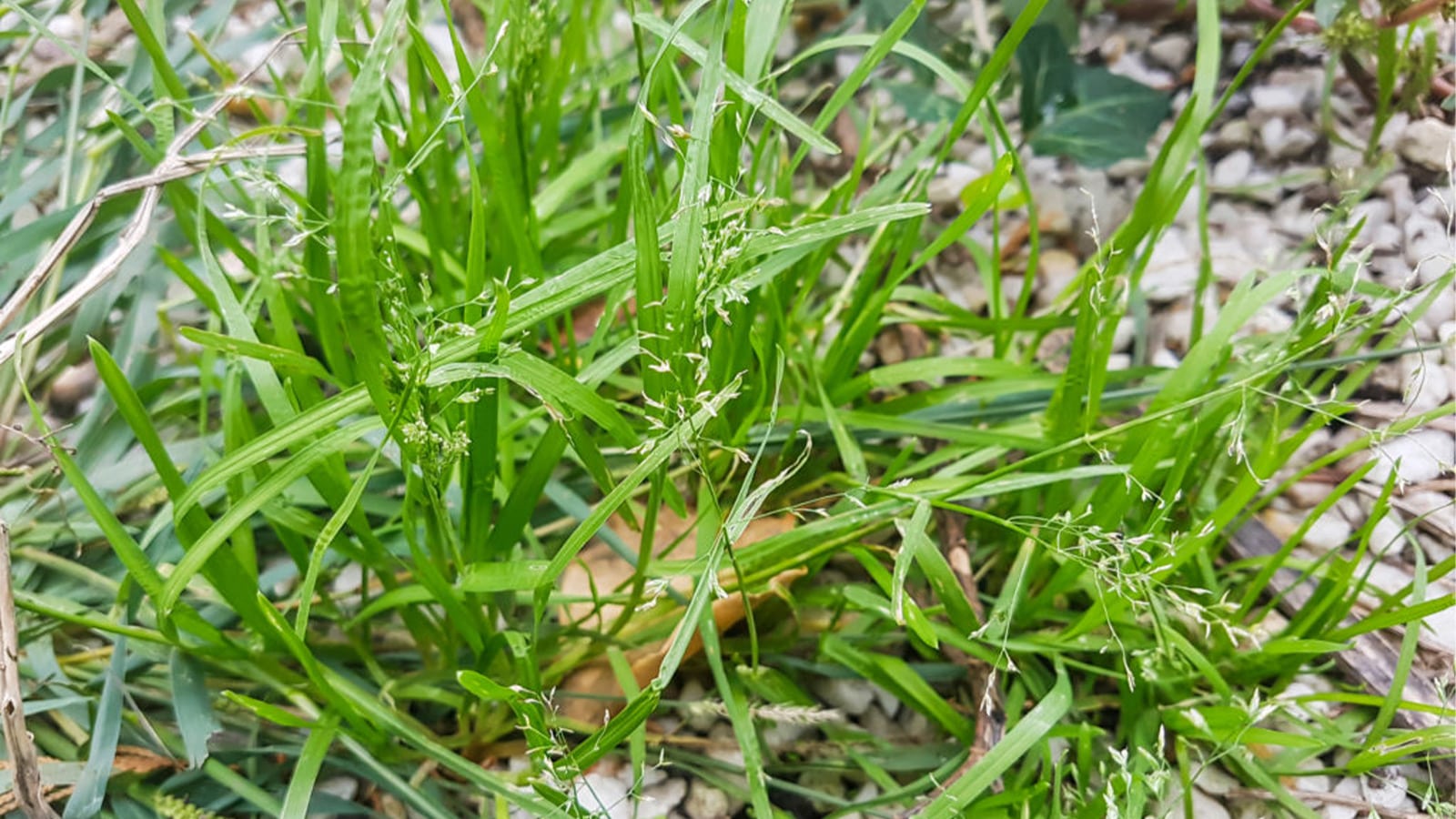
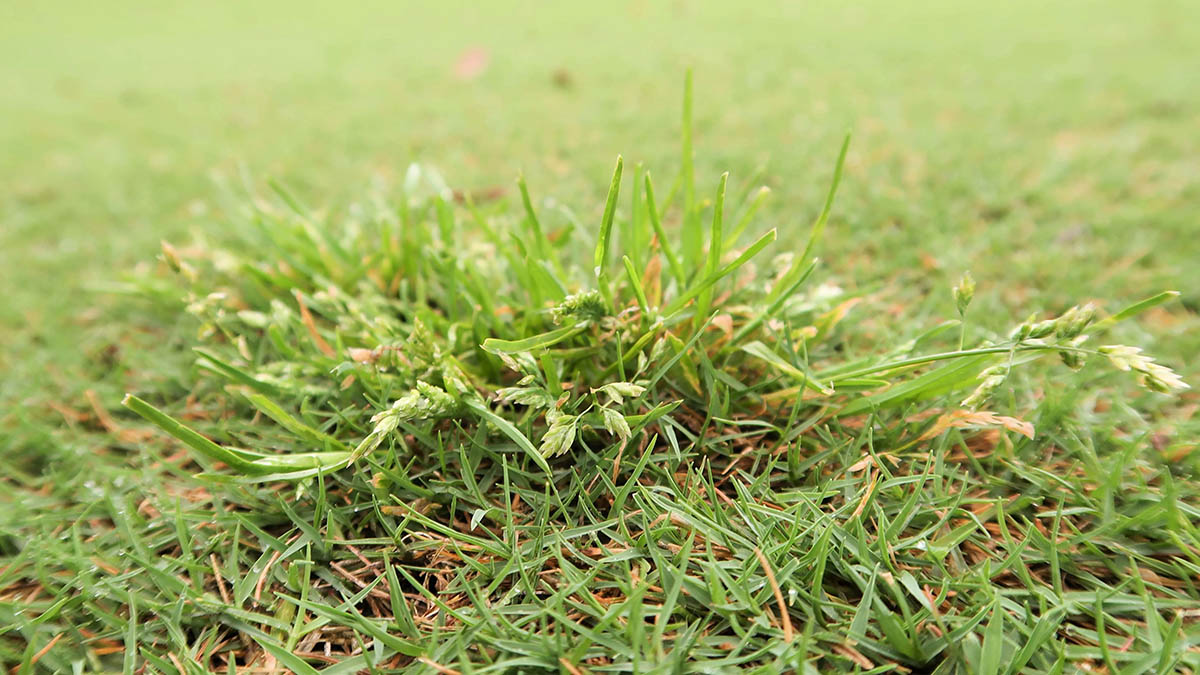

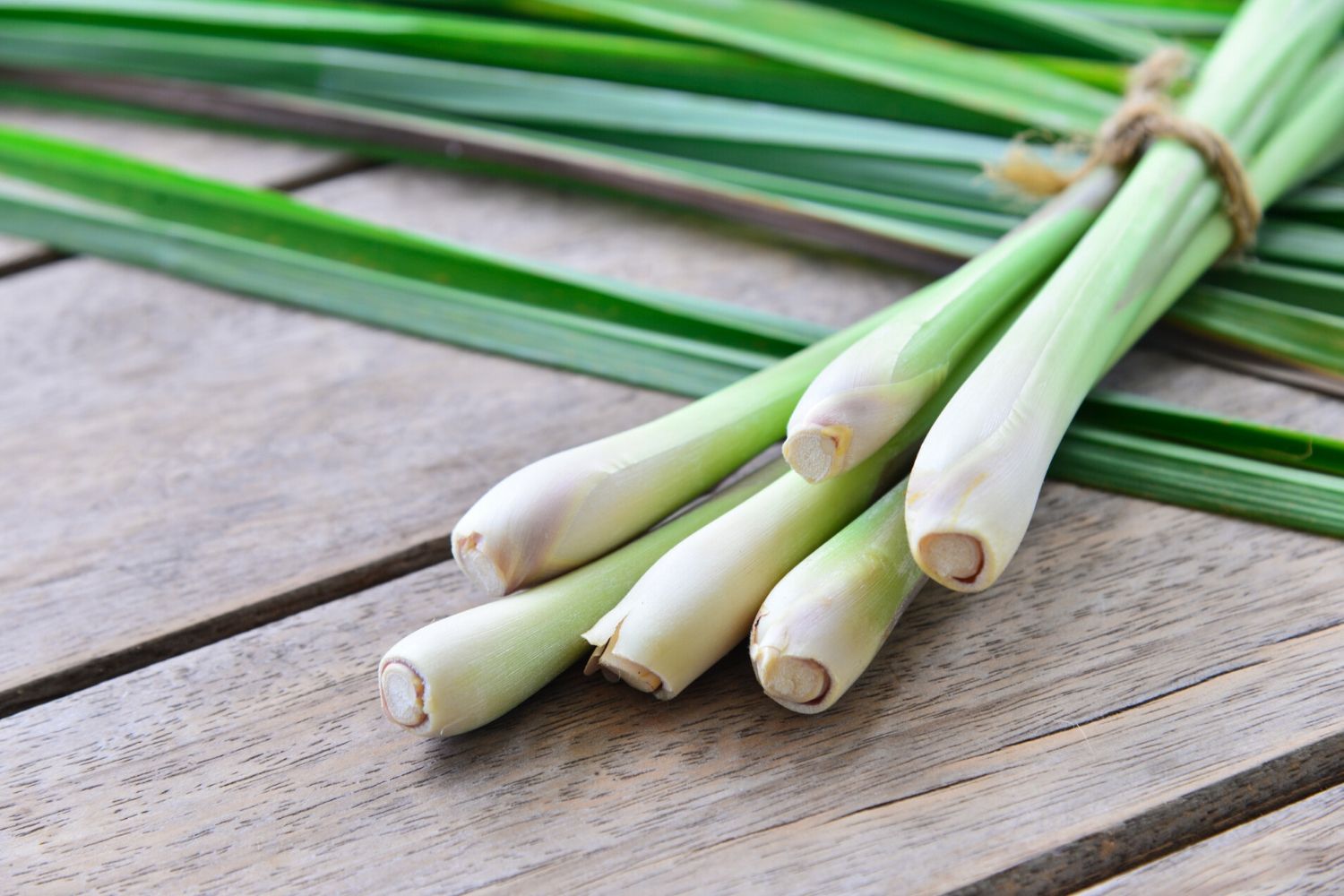
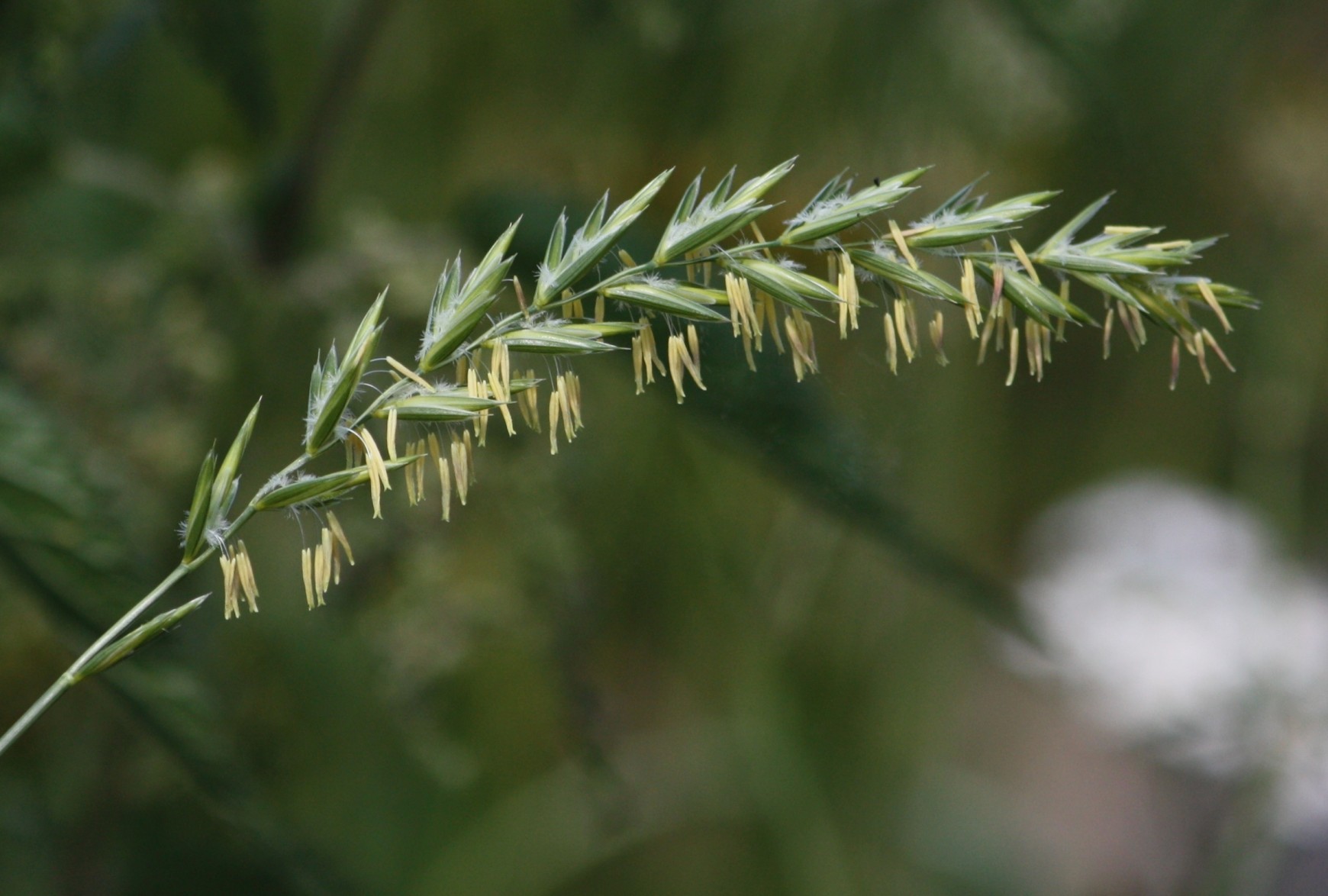
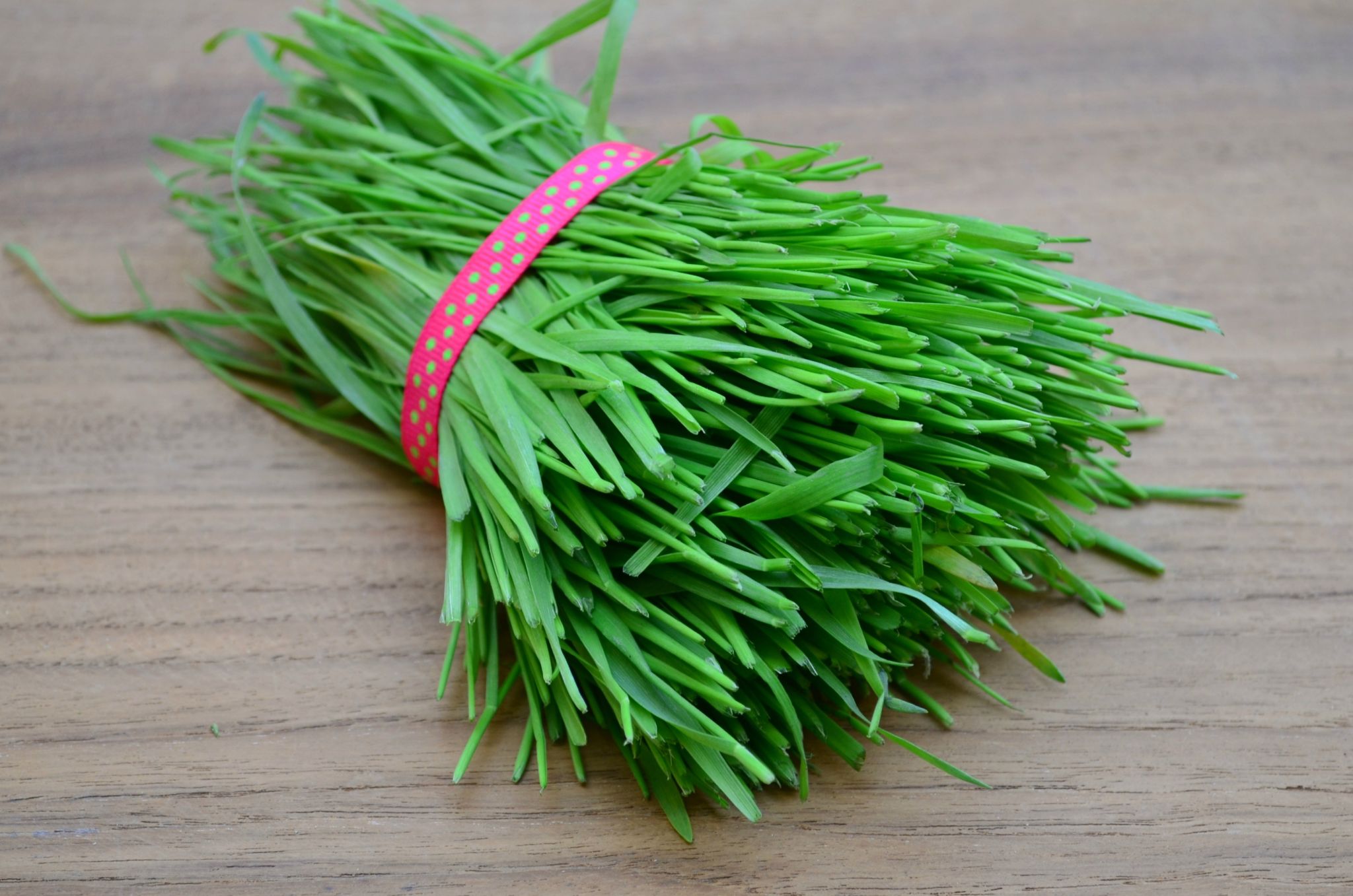
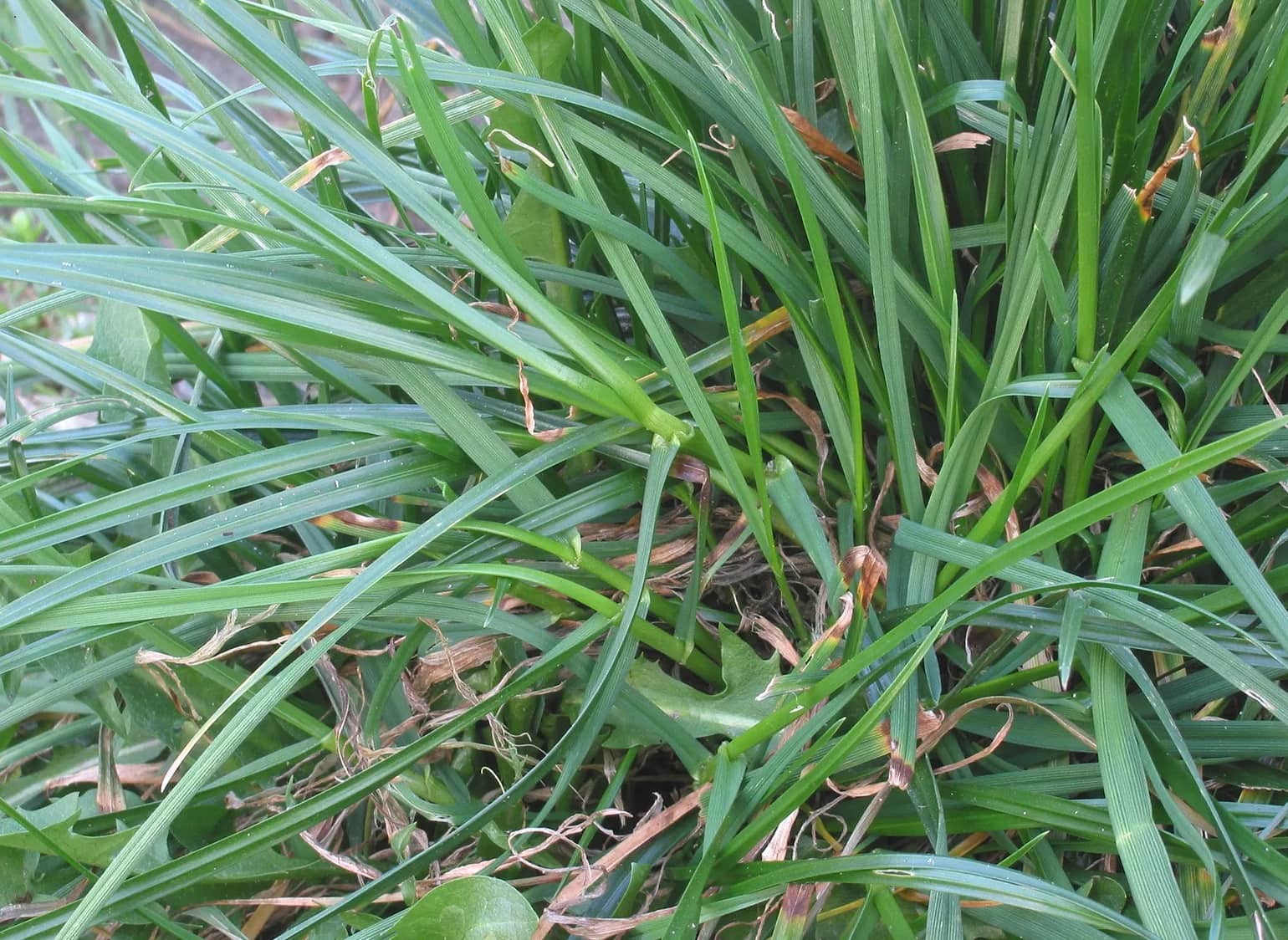
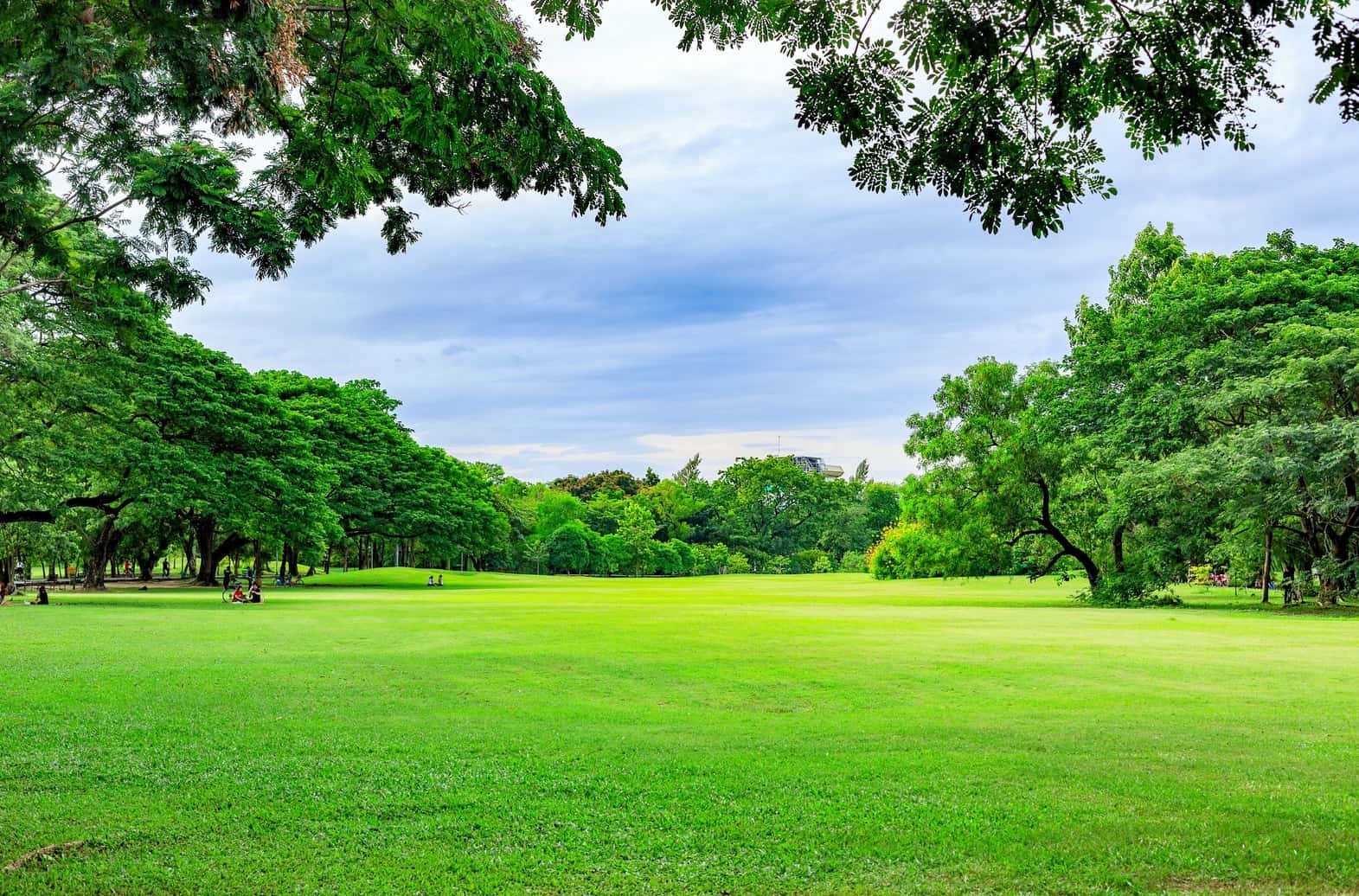
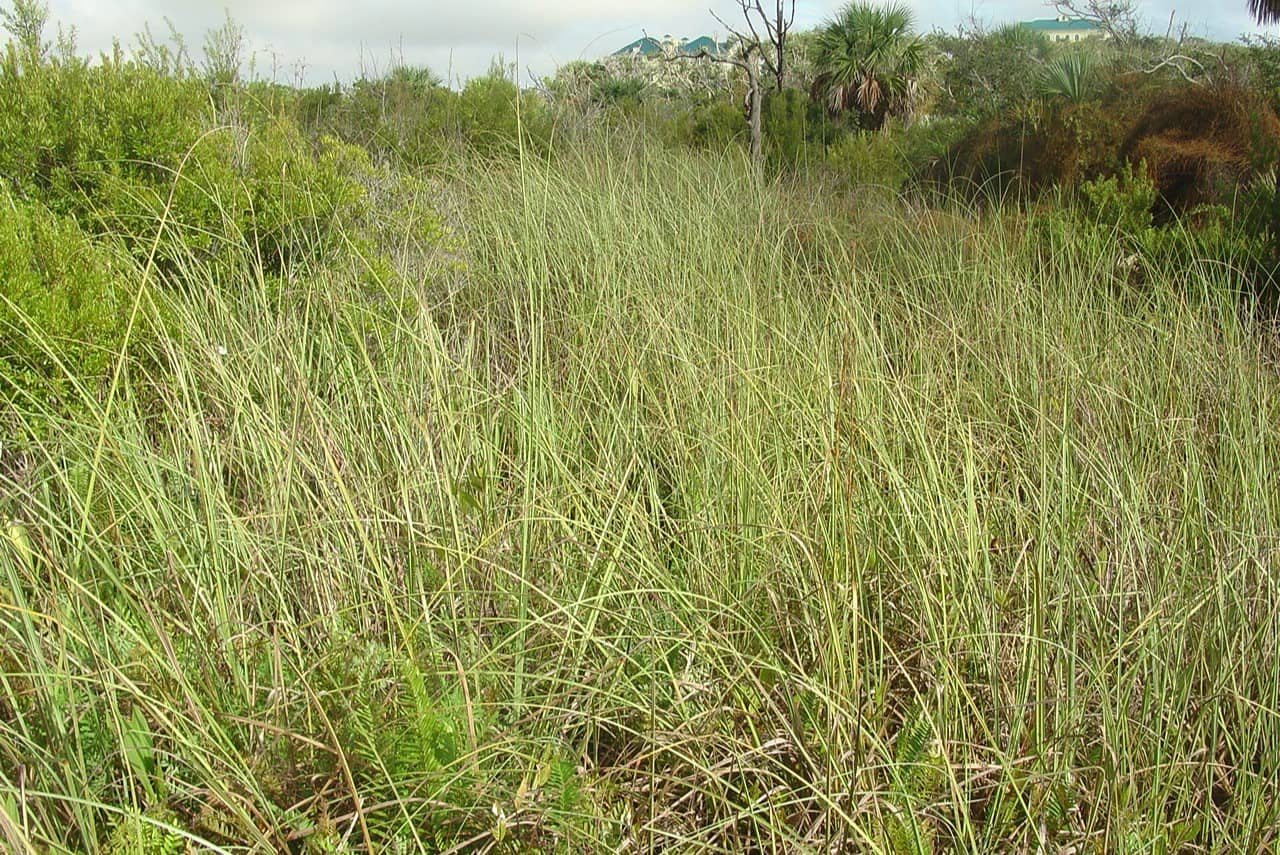
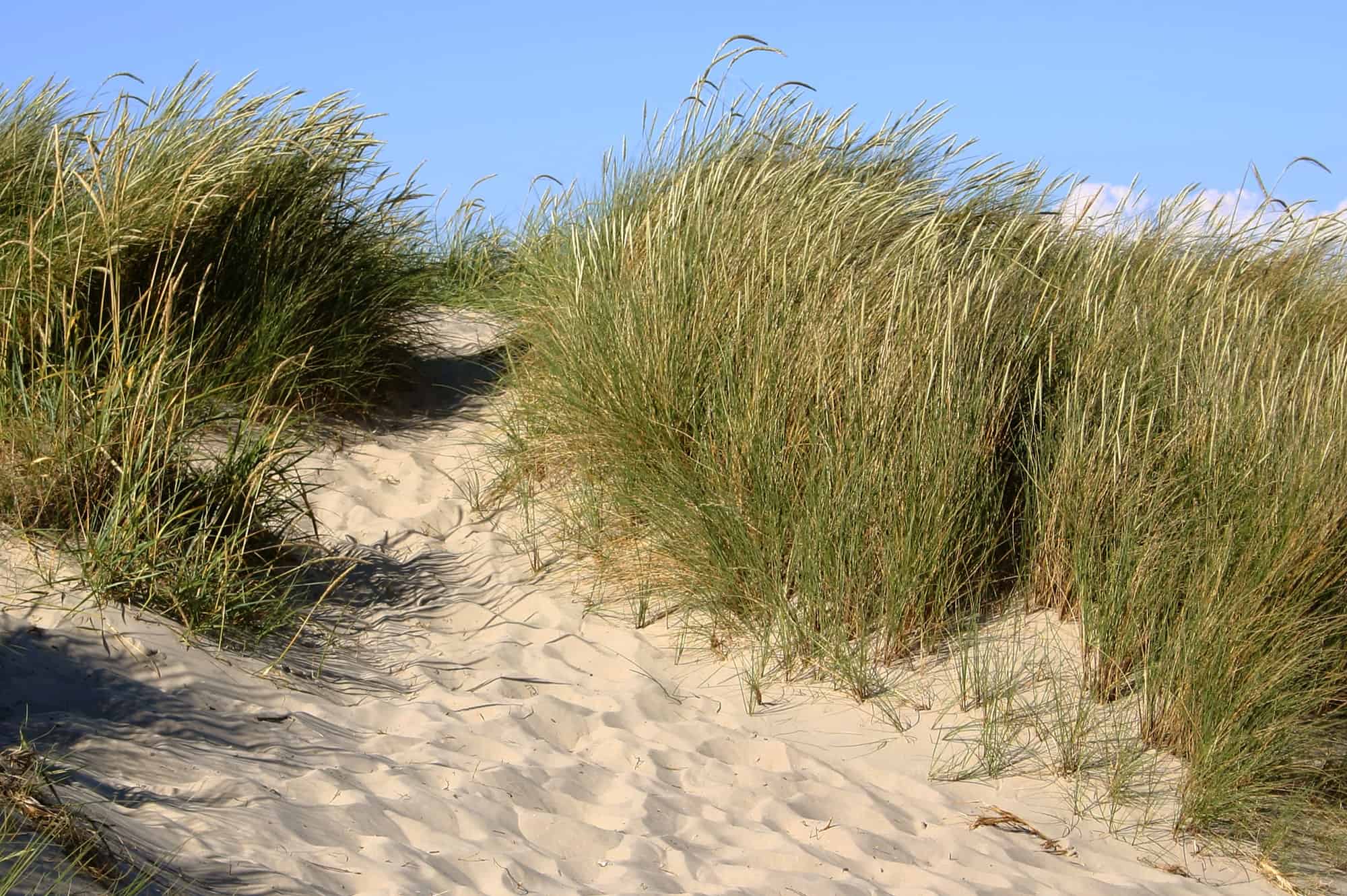
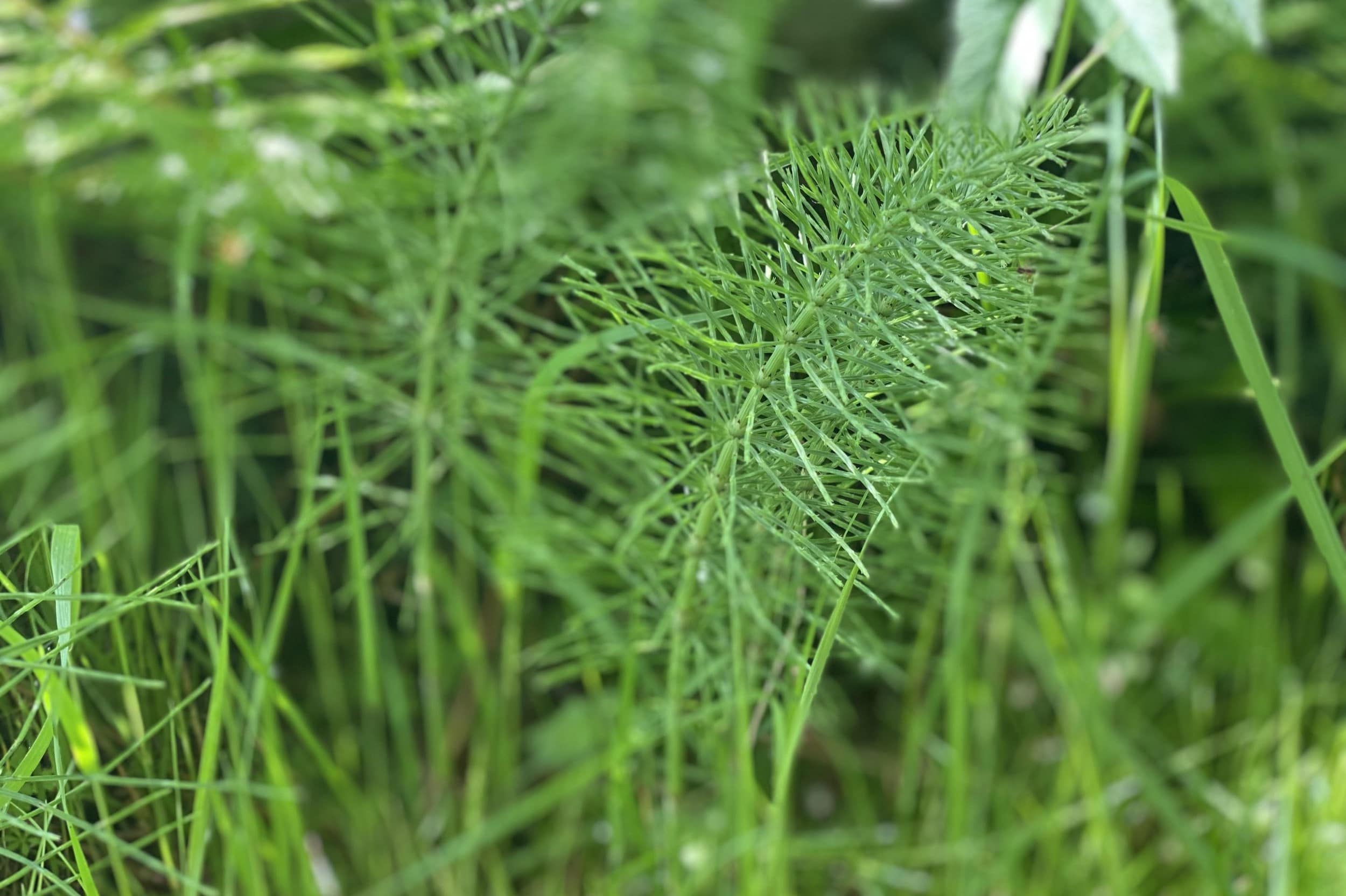
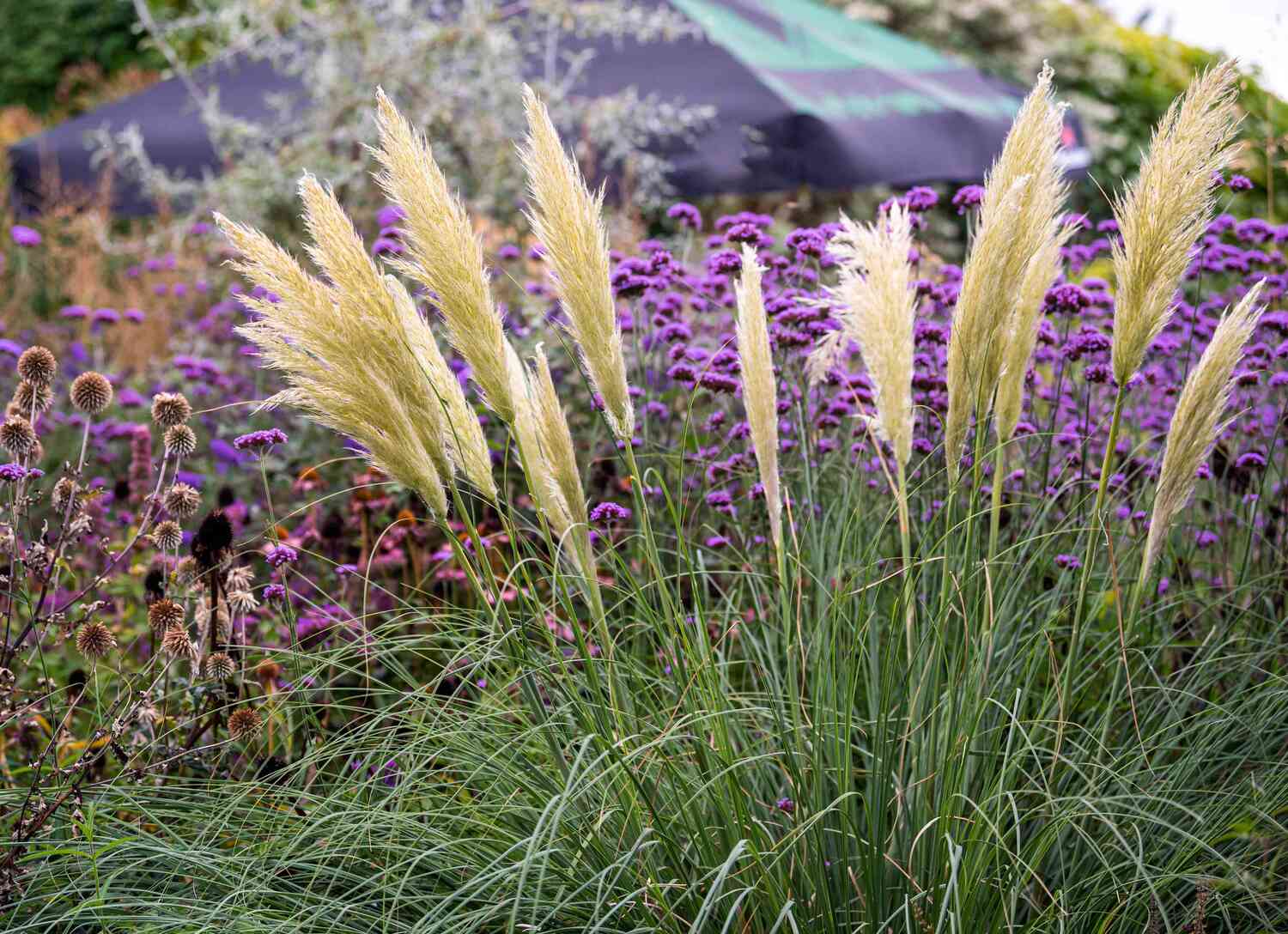


0 thoughts on “What Is Poa Grass”